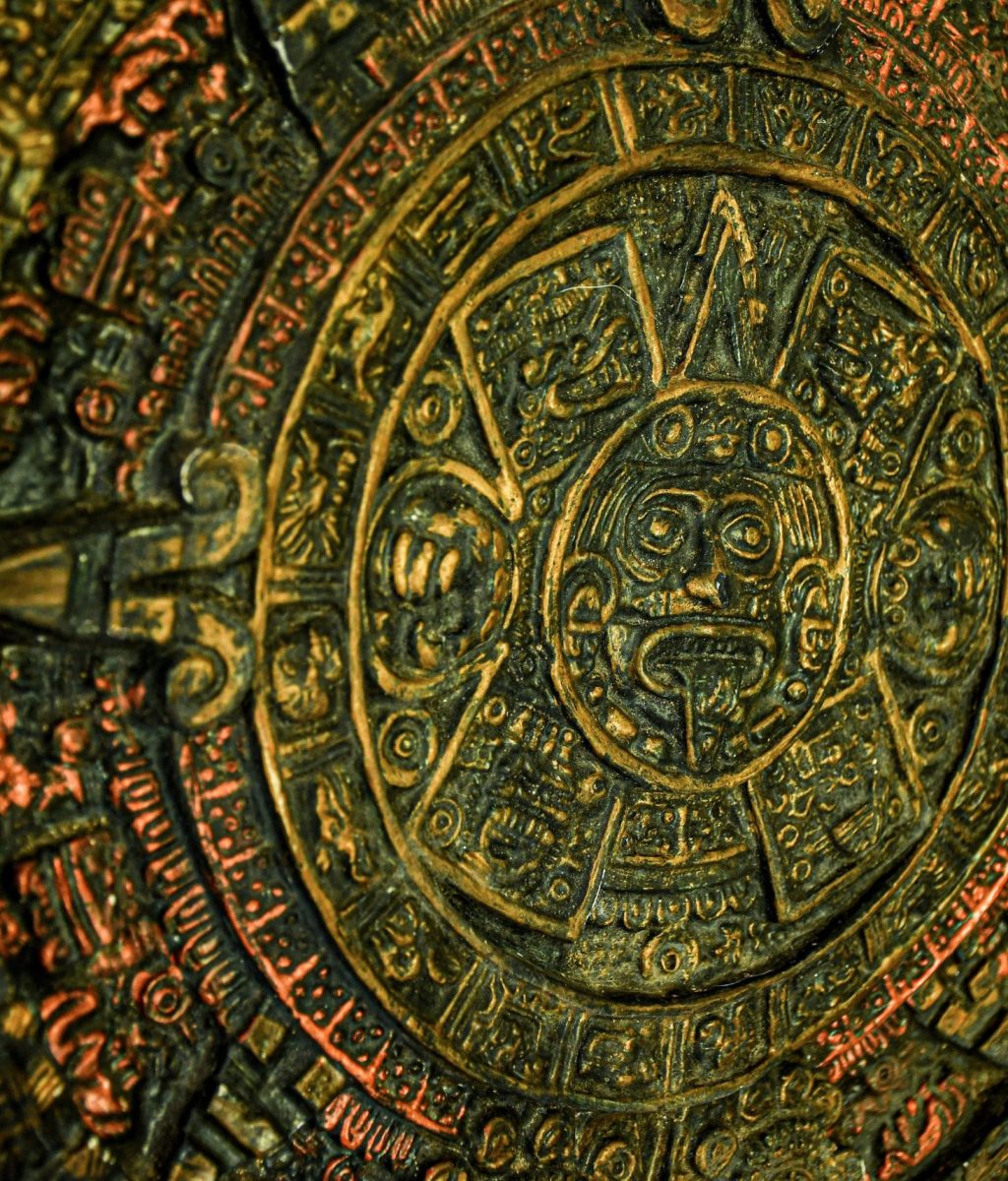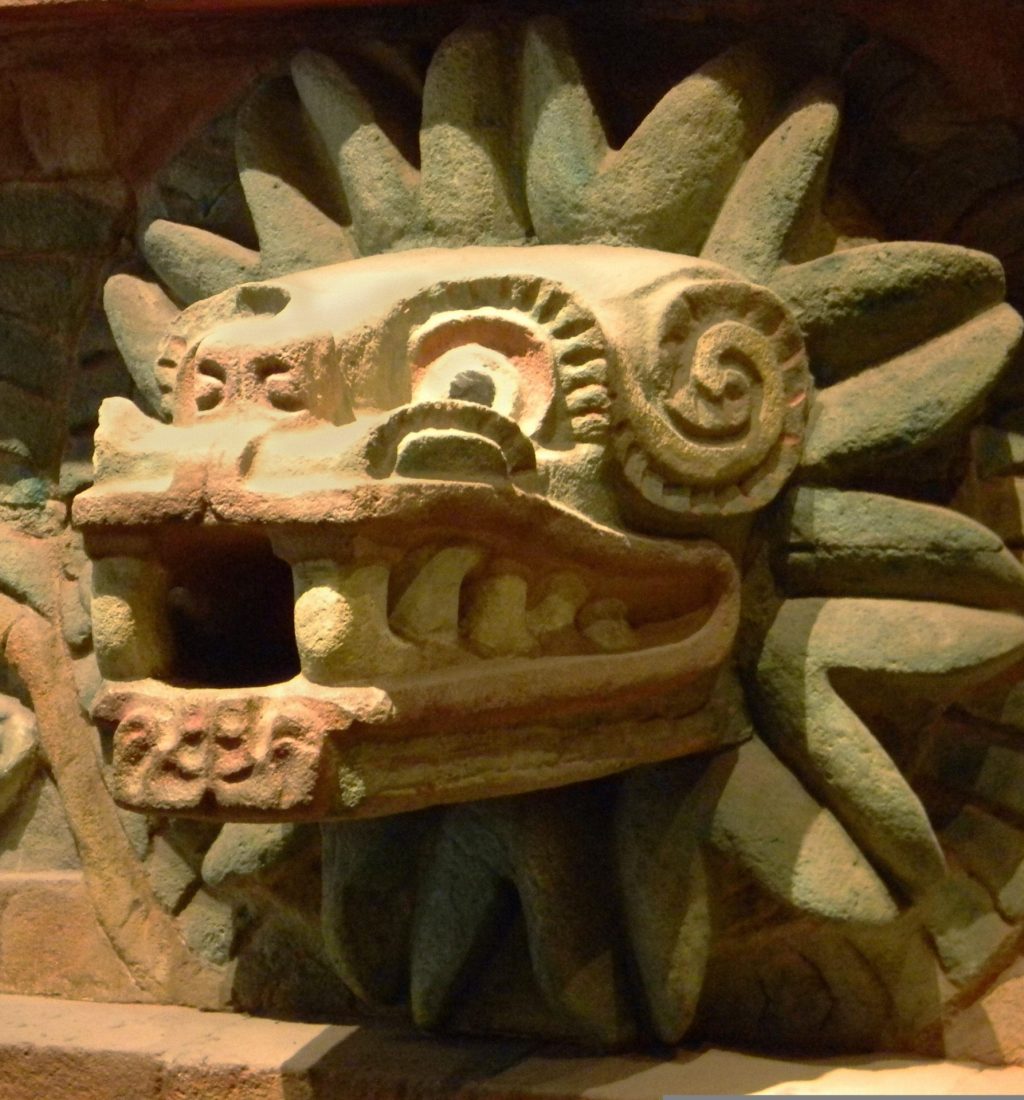
MAYANS AND AZTECS INFLUENCES
The Mexican food history is rich and varied, tracing back to the Mayan Indians who were nomadic hunters and gatherers. The mains staples of their diet were corn tortillas and bean paste being common staples. Additionally, they also consumed wild game, tropical fruits, and fish.
By the mid-1300s, during the flourishing Aztec Empire, new elements like chili peppers, honey, salt, and chocolate were integrated into their cuisine alongside domesticated turkey and duck.
In 1521, Spain’s invasion of Mexico significantly influenced Mexican food by introducing livestock such as sheep, pigs, and cows. As well as, dairy products, garlic, herbs, wheat, and spices. This period marked the assimilation of various cuisines, including Caribbean, South American, French, West African, and Portuguese, leading to the diverse range of Mexican dishes seen today that vary across regions.


FROM THE SPANISH TO TEX-MEX
When Spain invaded Mexico, they also took control of the land that is now Texas. Over the following two centuries, the Spanish colonized areas where Native Americans resided, resulting in a fusion of both cultures. After Mexico gained independence, Texas remained part of their territory. However, in 1836, Texas broke away from Mexico and joined the United States in 1845.
Statehood brought new culinary options to Texas including beef, wheat, cheddar cheese, and cumin. Tejanos, individuals of Mexican heritage living in Texas, incorporated these ingredients into traditional Mexican dishes. This fusion of cuisines became known as TexMex cuisine, gaining popularity with unique dishes like wheat tortillas, burritos, nachos and fajitas.
